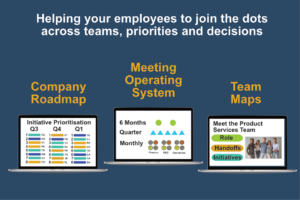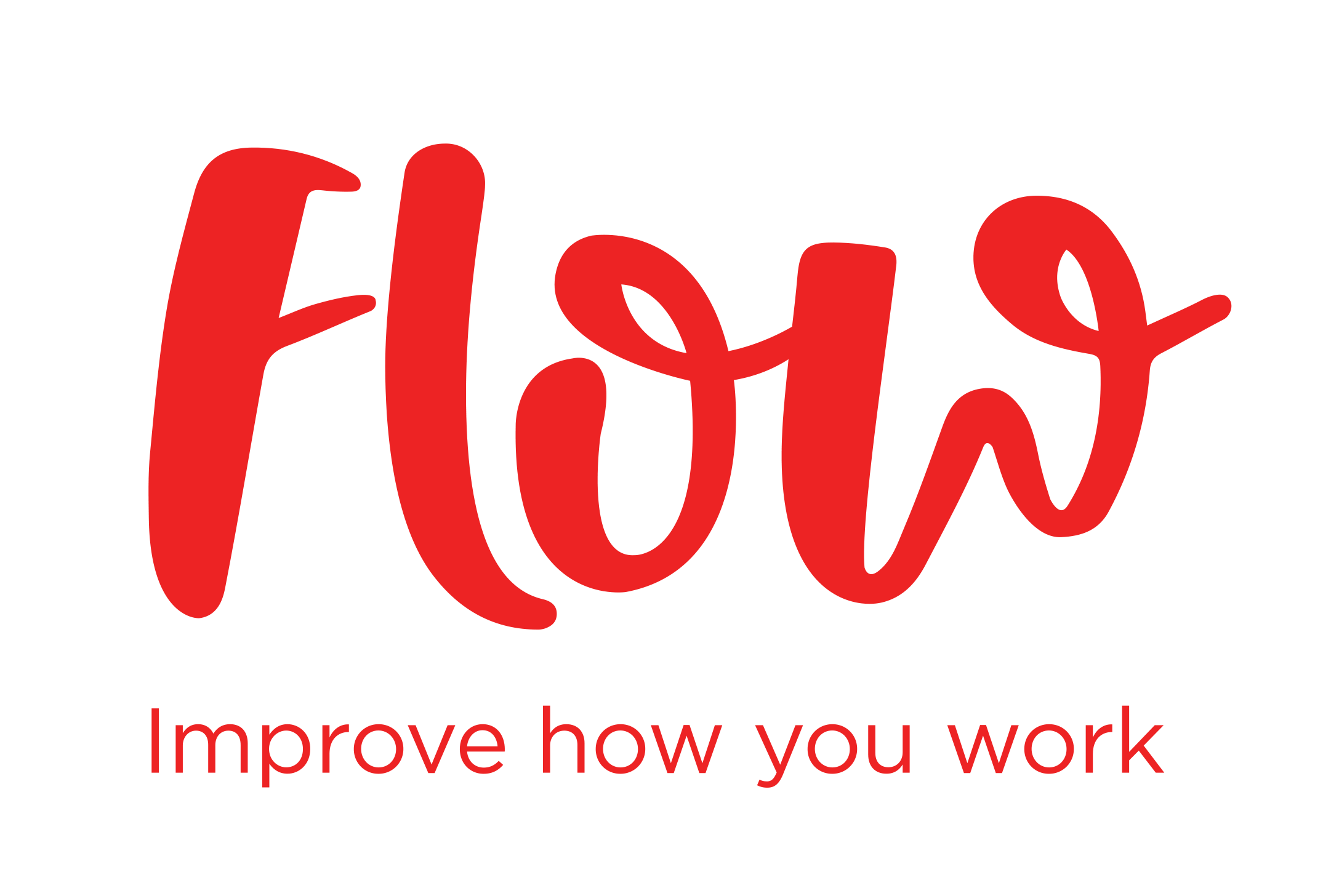In part one of a three-part series, Getting collaboration right, Andy Greene of Flow shares three proven ways to unlock cross-company collaboration.
For many of us, completing our tasks depends upon effective collaboration with colleagues in other functions, geographies and business units. We work with people in other teams to get their input and solve problems together.
As companies grow in size, it becomes increasingly challenging to maintain close connections with colleagues, as well as to communicate and collaborate effectively. Our natural reaction is often to focus our attention on maintaining relationships and trust in our immediate team. No-one is really managing coordination and cooperation across teams. As a result:
-
- Individuals feel overwhelmed with requests for their input and attention
-
- Teams are less in control of their workloads; demands on their input are difficult to predict
-
- Progress slows down because there are too many dependencies
-
- People aren’t clear where experience and expertise sits in the company and what other teams actually do
Colleagues can easily start to feel lost within their own companies, unclear on the bigger picture and unsure if their work is truly making a difference. Collaboration is happening but it’s the type of collaboration that crushes autonomy and motivation.
Three ways to enhance cross-company collaboration
To improve cross-company collaboration, productivity and engagement, use these three proven practices:
1. Keep your company priorities visible
Issue: There are too many projects and conflicting priorities
Solution: Make your roadmap a living artefact
It’s surprisingly common for leaders to not fully agree with their company’s priorities or for employees to forget them. Instead of presenting your strategy once a year in a dense Powerpoint that becomes lost on a shared drive, maintain a visual story of your company goals and key activities in the form of a roadmap. Unlike an impenetrable Gannt chart, a roadmap:
-
- Visually knits together different programmes in a way that allows teams to see the flow, priority and importance of the work they are doing
-
- Makes it clear what is being worked on now, next and in the near future
-
- Calls out what is being deprioritised (not being worked on), eliminating low value work, reducing dependencies and overwhelm from too many initiatives
-
- Improves cooperation across teams who are working against a common agenda and defined team goals
-
- Is not set in stone but becomes an ongoing conversation in prioritisation of resource effort and focus to meet the company goals
-
- Says what needs to be delivered but gives autonomy to teams on the ‘how’
We respond to and process visual data better than any other type of data. A good roadmap improves clarity, engagement and motivation whilst removing confusion.
2. Made decisions visible
Issue: People don’t know where and when decisions are made, what decisions have been made
Solution: Use a meeting operating system to show linkages between decisions
The operational delivery of any business depends upon the effectiveness of the choices and decisions it makes and these tend to happen in meetings. From strategy decisions that guide the company direction for the longer term, through to daily decisions about individual programmes, there is real benefit in employees understanding the connections between different meeting forums and decisions.
A meeting operating system visually lays out annual, quarterly and monthly meetings in a way that makes it intuitive for colleagues to see how their own work effort is represented and used to drive the business.
Typically, it is built from an existing meeting audit that looks at the effectiveness/need for each current meeting. A second input is thinking through the ideal dependencies between different teams in the overall roadmap delivery. You take what is working well from the current scenario and incorporate new moments of helpful connection that you believe will strengthen collaboration and goal achievement.
Accompany this visibility of nested meetings with a log of decisions made in each forum. This will encourage accountability, transparency and help employees track the progress being made in the roadmap.
3. Make team contributions visible
Issue: Employees don’t know what other teams do
Solution: Strengthen cross-team collaboration with team maps
Have you ever asked somebody at a party what they do for their job and been confused by their answer? Apply that to your own workplace and the truth is that we miss opportunities to collaborate with other teams because we are ignorant of their experience and expertise. We tend to operate within small and rigid network circles. The shift to hybrid work has tended to reinforce silos and make it more difficult for new joiners.
To help people expand their networks and find colleagues to create new coalitions and effective partnerships with, consider creating team maps. This is the virtual place to see:
-
- The role each team plays in executing the roadmap
-
- Their current initiatives
-
- What they provide to other teams/internal stakeholders
-
- How to work best with this team
-
- Key methods and tools they use
-
- How they are structured
Good team maps increase awareness of team expertise and capabilities, helping broaden perspectives to develop better solutions and reduce duplication of work.
In summary: Joining the dots for teams and individuals
Neglecting how different teams work together limits the potential of team work. It also demotivates individual colleagues who struggle to see the impact of their own actions and how they could be collaborating more effectively with other teams. Roadmaps, meeting operating systems and team maps strengthen productivity and engagement, helping colleagues to join the dots and spot opportunities to work smarter.

Almost everything we do at work involves collaborating with others. This is part one of a three-part series ‘Getting collaboration right’. Part two focuses on better collaboration within teams and part three explores how individuals can master personal workflows to succeed in the collaborative workplace.







